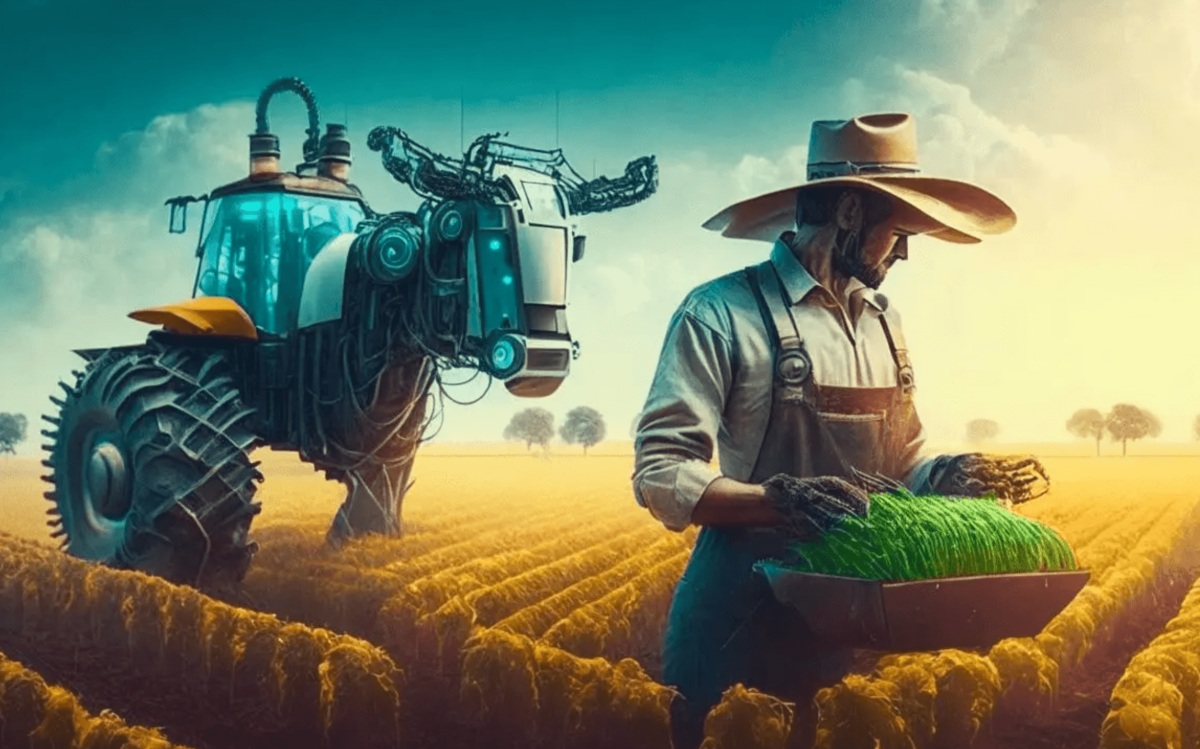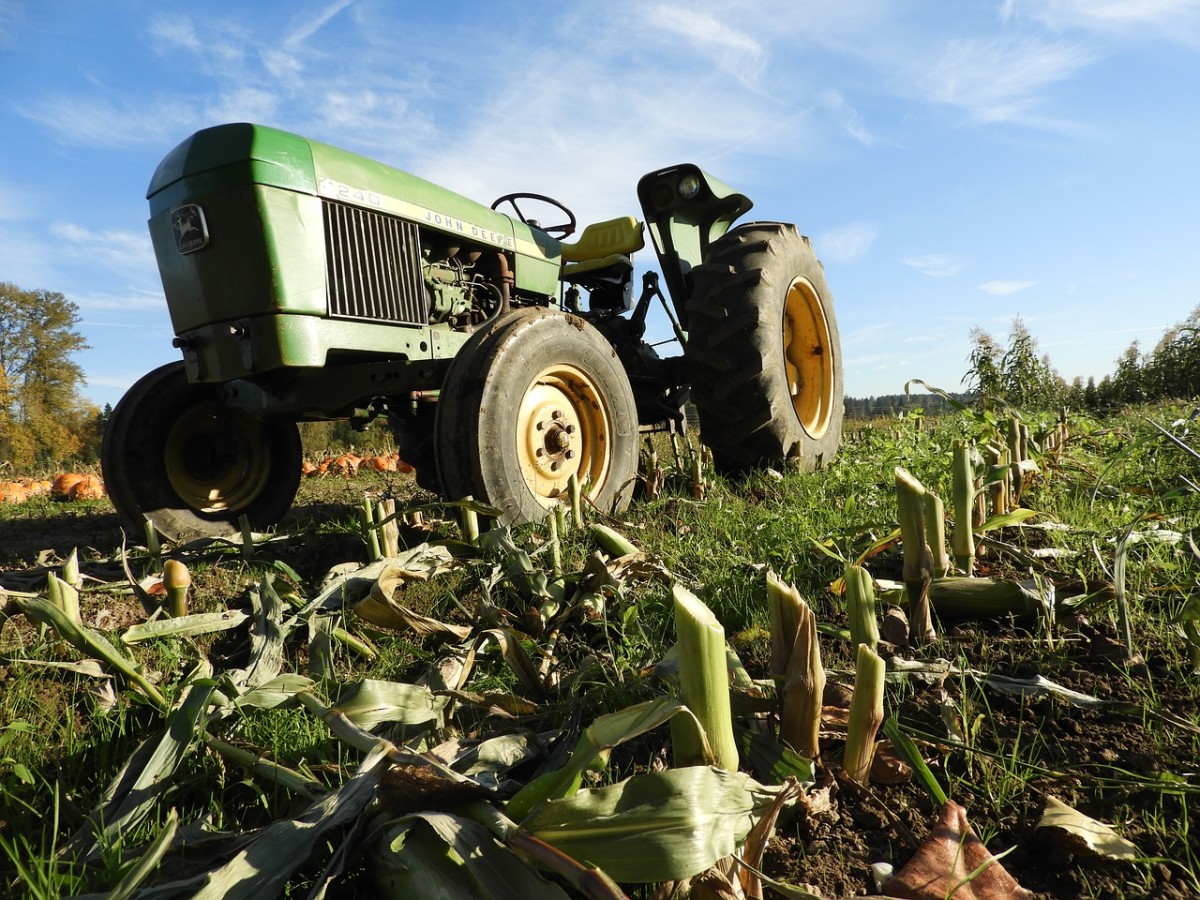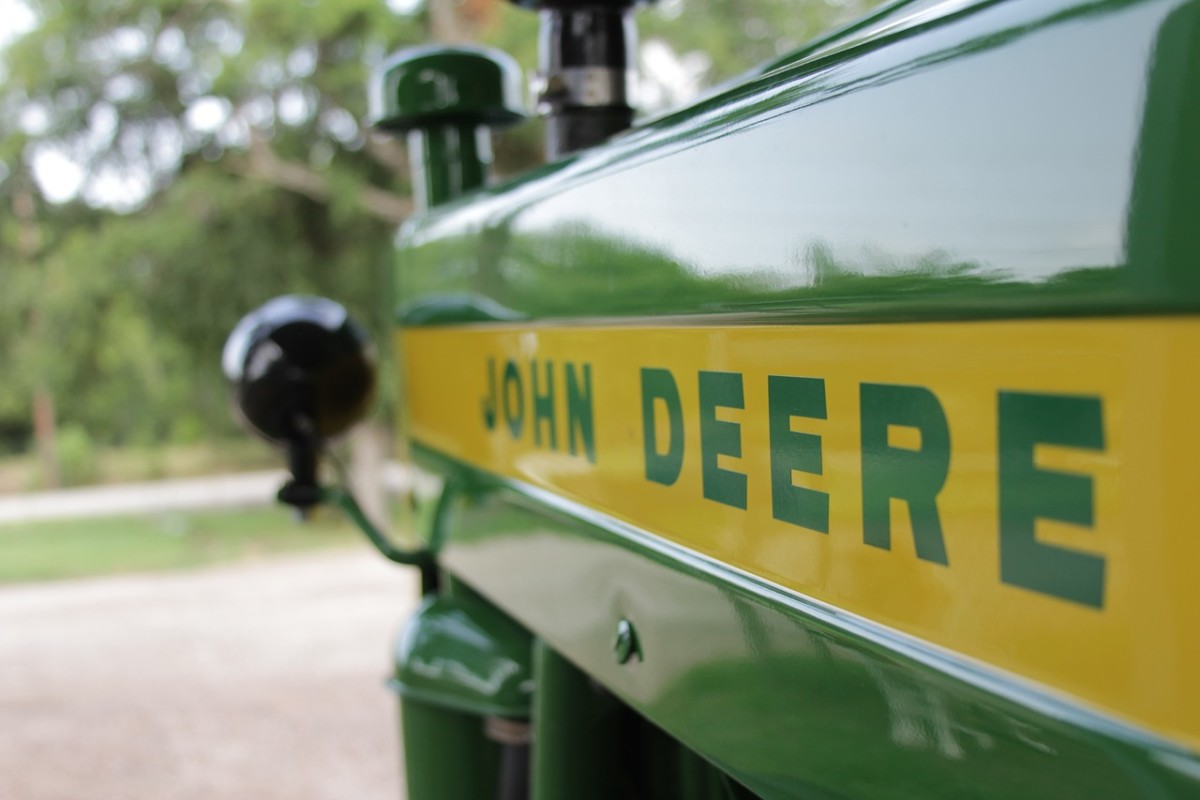Agriculture in the 21st Century
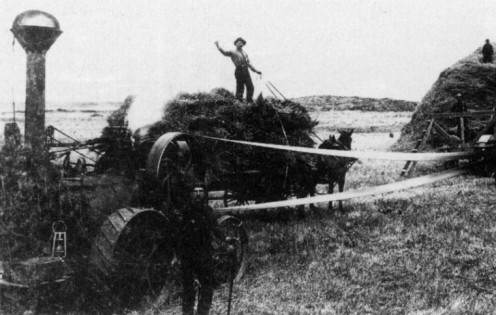
The Advance of Modern Agricultural Machinery
Agriculture is, without doubt, one of the most important industries, without which human life would be unsustainable. From hunter-gatherer times, through to the present day however, agricultural practices have changed significantly, with the major technological advances taking place in the 20th Century.
For many years, people simply grew a few crops in their garden for their own use, perhaps bartering with others nearby for other items such as wool. Gradually though, the ownership of farmland fell into fewer hands with the advent of agrarian capitalism which saw three predominant classes come into being; the land owner, the tenant farmer and the agricultural worker. In the mid 19th century, nearly a quarter of the population of Great Britain worked in agriculture, compared with around 0.5% in 2010. There are many possible reasons for this such as importation of foodstuffs and better farming practise; however, perhaps the largest single factor has been the advancement of agricultural machinery which has improved efficiency on farms.
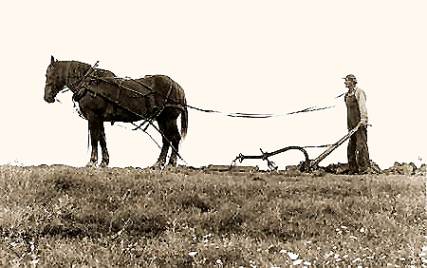
This agricultural revolution, perhaps, started with the use of horses during the early part of the 20th century. These were used to pull early forms of farm machinery such as ploughs and harrows. With the advent of the combustion engine and the invention of the tractor, the number of horses in use was dramatically reduced as the engine took over the workload that had previously been asked of them.
This mechanisation of course, expanded as combine harvesters and other specialised farm machinery came into common use. The 20th century, indeed, saw great advances in agricultural machinery.
- Farm Machinery
Big thanks to Harry West for the use of their images.
Modern Farm Machinery
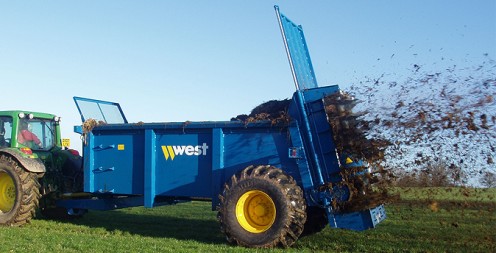
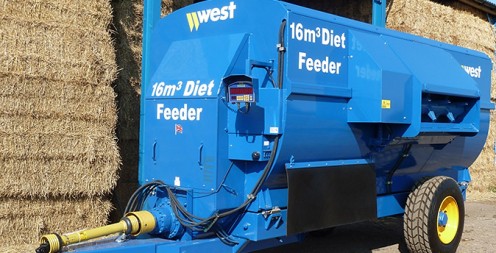
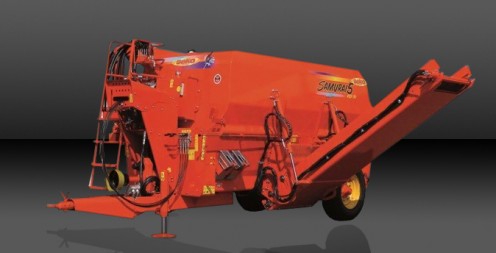
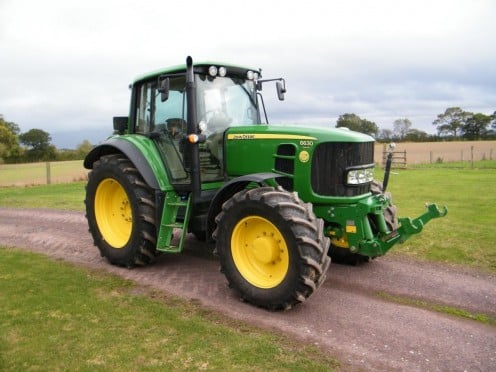
Farm Machinery in the 21st Century
Where, previously, a tractor would be used simply to replace the horse as the pulling instrument, with a farm implement attached behind it; as production became more specialised, machines were developed to perform specific tasks such as seed planting, corn harvesting and even specific harvesting equipment for different crops.
Below is some of the most widely used farm machinery used in agriculture today:
Tractors:
Despite being one of the oldest forms of farm machinery; the tractor has stood the test of time and is still widely used. Among the main suppliers of tractors and tractor equipment are John Deere and Massey Ferguson.
Ploughs:
Ploughs are another type of farm machinery that has survived. These however are still largely pulled behind tractors rather than being a mechanised piece of machinery in their own right.
Planters and Seeders:
As the names suggest; planters and seeders are used to set the crop, whether in the form of plants or seeds, depending on the crop involved. Whereas once, this would have been done row by row, with one person per row, these machines can span a large number of rows, with the largest being a John Deere which can automatically set the plants or seeds over 48 rows, making the process highly efficient. Some smaller planters or seeders can be pulled directly by tractors, where as larger farms may purchase a machine specifically made for this purpose.
Fertiliser Spreaders:
Sometimes referred to as ‘muck spreaders’, these can distribute manure or fertilizer over a large area at a time.
Produce Sorters:
These are used to clean and grade crops, such as potatoes, readying them for distribution to supermarkets.
Harvester:
Harvesters are used to harvest the crops when they are ready. In days gone by, this would have been done by hand, with a variety of tasks performed, such as cutting, packing and stacking the crop. Newer models of harvesters are able to perform these tasks in one single process. Harvesters are generally manufactured for specific crops, such as potatoes or wheat.
These are perhaps, the most widely used forms of agricultural machinery currently available, but the list is almost endless, with new machinery becoming available continually for specific uses such as bale wrapping, mulch laying and drip irrigation.
The 20th century was a significant time for the advance of agricultural machinery, and the 21st century is likely to see this advance continue even further, benefiting both the agriculture industry and the consumer.

